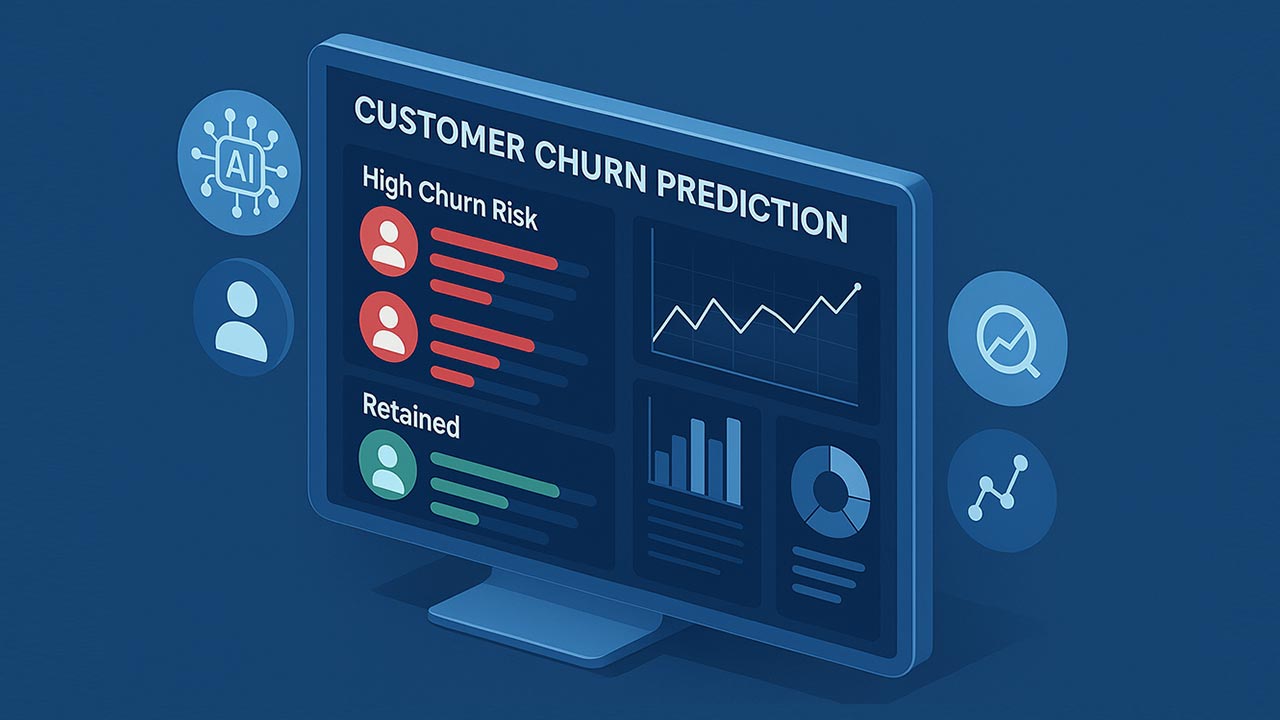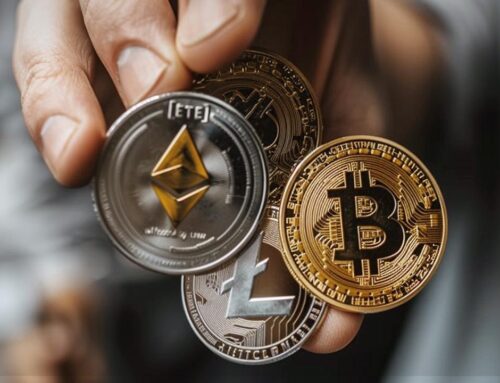Customer Churn Prediction: Techniques, Benefits, and Best Practices
Table of Contents
- Introduction to Customer Churn Prediction
- Techniques for Customer Churn Prediction
- Key Benefits of Churn Prediction
- Challenges in Implementing Churn Prediction Models
- Best Practices for Effective Churn Prediction
- Applications of Customer Churn Prediction
- Top 5 Frequently Asked Questions
- Final Thoughts
- Resources
Introduction to Customer Churn Prediction
What is Customer Churn?
Customer churn refers to the phenomenon where customers stop doing business with a company over a specific time frame. Churn can manifest as subscription cancellations, non-renewals, or inactivity in transactional models. Companies often measure churn rates to gauge customer loyalty and satisfaction.
Why is Churn Prediction Important?
Churn prediction is essential because retaining customers is far more cost-effective than acquiring new ones. Research by Bain & Company indicates that increasing customer retention rates by 5% can boost profits by 25-95%. Accurately predicting which customers are likely to churn allows businesses to implement targeted retention strategies, reduce losses, and improve customer lifetime value (CLV).
Techniques for Customer Churn Prediction
Data Collection and Preprocessing
The foundation of accurate churn prediction is data. Businesses collect customer data from multiple sources such as:
- Transaction histories (e.g., frequency and recency of purchases)
- Customer demographics (e.g., age, income, location)
- Engagement metrics (e.g., app logins, website visits, or feature usage)
- Customer feedback (e.g., Net Promoter Scores or surveys)
Before analysis, data must be cleaned, standardized, and enriched. Missing values, outliers, and inconsistent entries are addressed during preprocessing to improve model performance.
Machine Learning Algorithms for Churn Prediction
Machine learning (ML) is the backbone of modern churn prediction. Commonly used algorithms include:
- Logistic Regression: A simple yet effective model for binary classification problems like churn prediction.
- Decision Trees: Offers transparency by showing how decisions are made at each level of a tree.
- Random Forests: An ensemble learning method that combines multiple decision trees to improve accuracy.
- Gradient Boosting Machines (e.g., XGBoost, LightGBM): Highly popular due to their superior performance in structured data tasks.
- Neural Networks: Often used when dealing with large, complex datasets.
- Survival Analysis: Focuses on the “time-to-event” aspect of churn, predicting how long a customer will stay.
Feature engineering plays a crucial role in identifying the right variables (features) that influence churn. Tools like Python’s scikit-learn, TensorFlow, and PyCaret make it easier to build and deploy models.
Key Benefits of Churn Prediction
- Improved Customer Retention Strategies: Targeted interventions can be implemented to reduce churn risks, such as personalized discounts or proactive customer support.
- Higher Revenue: By preventing churn, businesses can stabilize recurring revenue streams.
- Better Resource Allocation: Focus on customers with the highest risk rather than spreading resources thin.
- Enhanced Customer Experience: Insights from churn prediction models can help businesses identify pain points and improve services.
- Competitive Advantage: Retaining customers means staying ahead in markets where switching costs are low.
Challenges in Implementing Churn Prediction Models
- Data Quality Issues: Poor-quality or incomplete data can reduce prediction accuracy.
- Dynamic Customer Behavior: Predictive models can become outdated as customer preferences evolve.
- Imbalanced Datasets: Often, only a small percentage of customers churn, which can bias the model.
- Ethical Concerns: Using sensitive customer data for predictions must comply with privacy regulations like GDPR and CCPA.
- Scalability: Ensuring the model remains effective as the business grows is a key technical challenge.
Best Practices for Effective Churn Prediction
- Define Clear Objectives: Specify what churn means for your business model—cancellation, non-renewal, or inactivity.
- Invest in Data Infrastructure: Use robust CRM systems or data warehouses to store, process, and analyze customer data.
- Monitor Key Performance Indicators (KPIs): Track churn rate, retention rate, and CLV to evaluate success.
- Regularly Update Models: Retrain models to reflect changes in customer behavior or market conditions.
- Combine Predictive and Prescriptive Analytics: Predict churn risk and recommend specific actions to mitigate it.
Applications of Customer Churn Prediction
Customer churn prediction has broad applications across industries:
- Telecommunications: Identifying at-risk subscribers and offering retention deals.
- E-Commerce: Personalizing offers for customers who show declining purchase frequency.
- Financial Services: Predicting churn in banking, insurance, or credit card usage to retain high-value customers.
- SaaS Businesses: Reducing subscription cancellations through better onboarding or engagement tactics.
- Streaming Platforms: Predicting churn based on content preferences and engagement trends.
Top 5 Frequently Asked Questions
Final Thoughts
Customer churn prediction is no longer optional in today’s competitive business landscape; it’s a necessity. By leveraging data and machine learning, companies can stay one step ahead of customer attrition. From understanding the underlying reasons for churn to implementing actionable insights, businesses can build long-lasting customer relationships and boost profitability. However, the success of churn prediction depends on data quality, ethical practices, and the ability to adapt to dynamic customer behavior. Organizations that integrate churn prediction as part of a broader customer retention strategy are better equipped to thrive in a customer-centric economy.
Resources
- Bain & Company: Customer Loyalty Research
- Python scikit-learn: Machine Learning Library
- XGBoost: Gradient Boosting Framework
- Harvard Business Review: The Value of Customer Retention









Leave A Comment